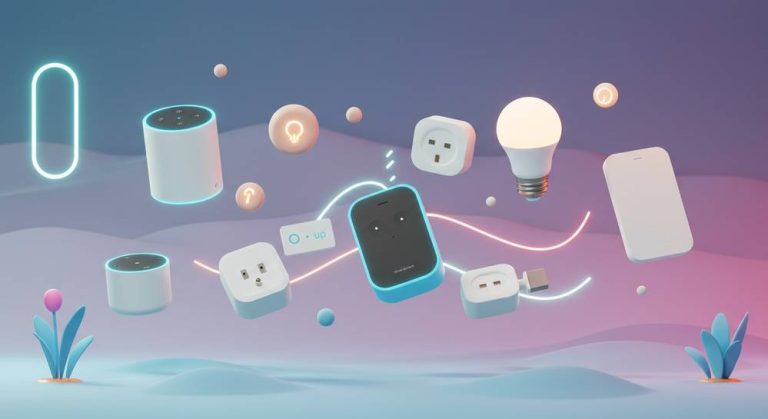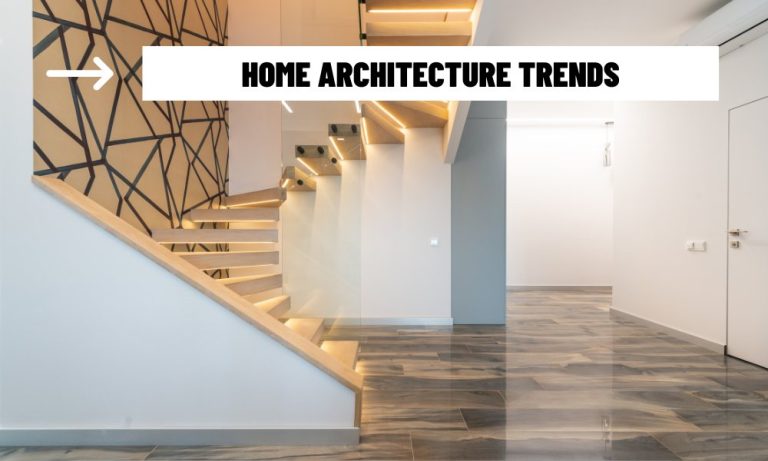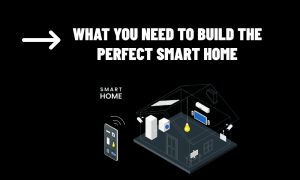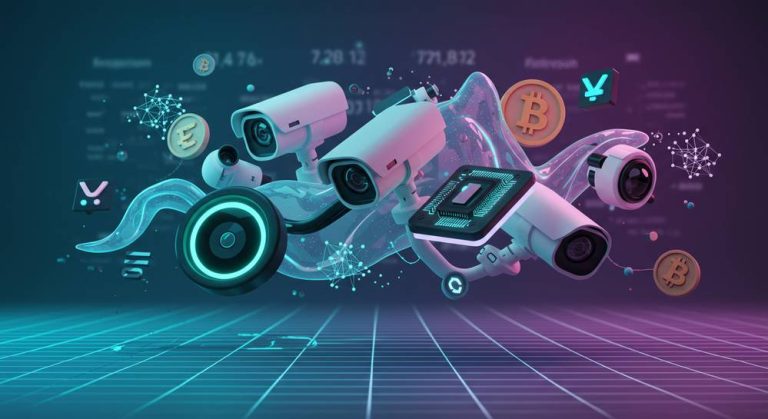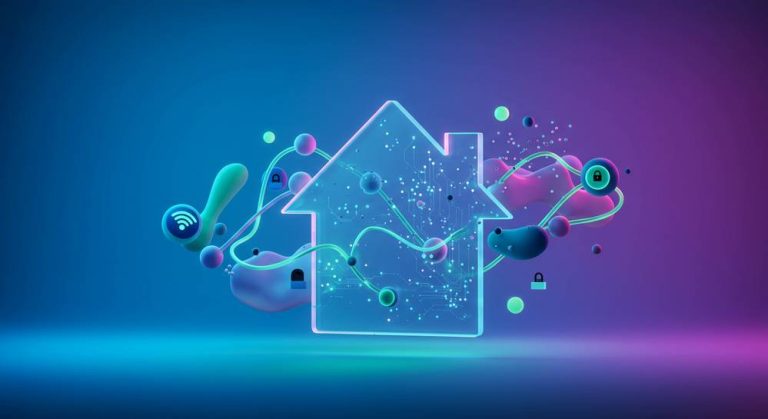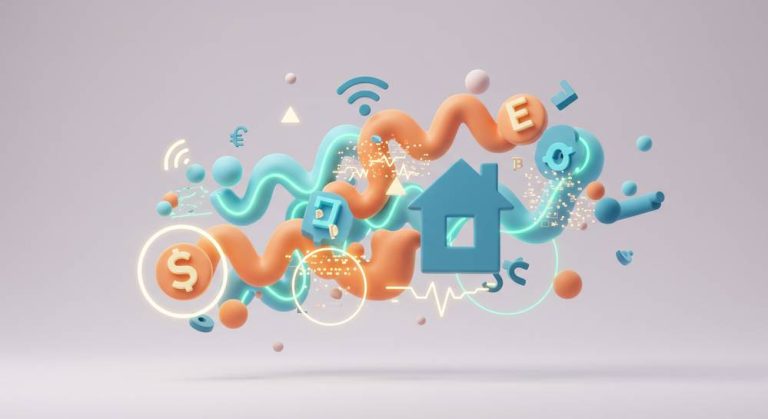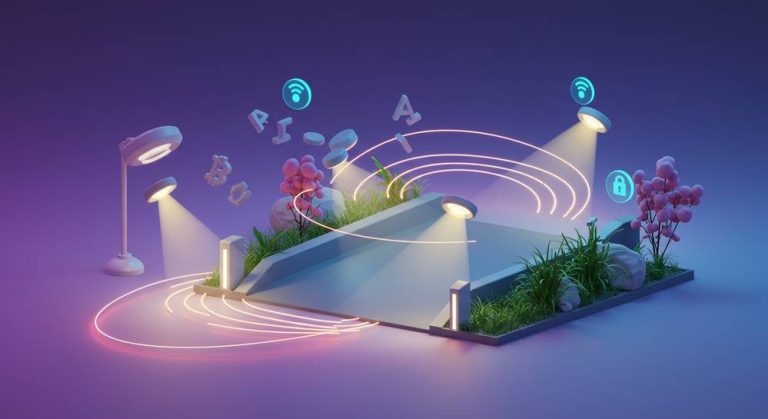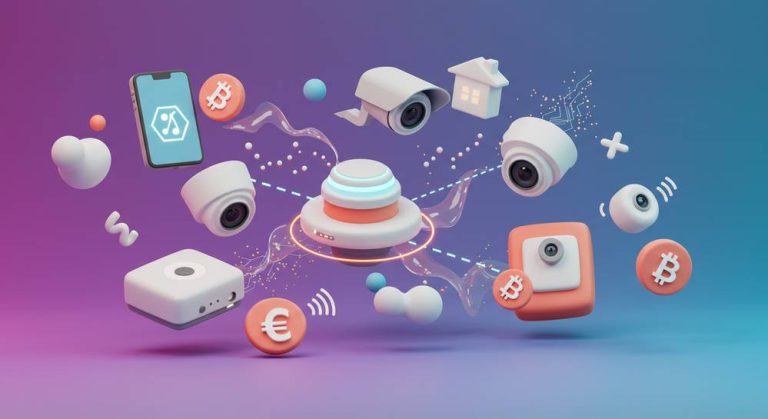The buzz around smart homes is impossible to ignore—lights that turn on with a voice command, thermostats that adjust to your schedule, and doorbells that stream video to your phone. At the heart of this revolution lies the Internet of Things (IoT) and its application in smart home technology. But what is IoT and smart home technology exactly? As these innovations redefine modern living, here’s everything you need to know about their mechanics, impact, and potential in 2025.
Defining What Is IoT and Smart Home Technology
So, what is IoT? The Internet of Things refers to a vast network of physical objects—devices, appliances, sensors—embedded with software and connectivity to exchange data over the internet. Smart home technology is a specific subset of IoT, transforming household gadgets into intelligent systems that communicate and operate autonomously or via user control. From smart speakers like Amazon’s Alexa to IoT-powered security cameras like Arlo, these devices work together to create a responsive, interconnected home environment.
The Mechanics Behind the Magic
Understanding what is IoT and smart home technology starts with its core components. IoT devices rely on sensors to gather data (e.g., temperature, motion), processors to analyze it, and actuators to perform actions (e.g., unlocking a door). Connectivity—via Wi-Fi, Bluetooth, Zigbee, or Z-Wave—links these devices to each other and the cloud, enabling real-time interaction. For example, a smart thermostat like the Google Nest uses IoT to learn your preferences, adjust heating, and sync with your phone, all while optimizing energy use.
Real-World Applications
What is IoT and smart home technology in action? Picture this: Philips Hue smart bulbs dim automatically at sunset, synced to your weather app via IoT. A Ring doorbell detects a visitor and streams live footage to your smartwatch. Smart appliances, like Samsung’s Family Hub refrigerator, track groceries and suggest recipes, while Ecobee thermostats cut power bills with IoT-driven efficiency. By 2025, over 70 million U.S. homes are projected to adopt these technologies, per Statista, showcasing their growing footprint.
Benefits Driving Adoption
The appeal of what is IoT and smart home technology lies in its transformative perks. Convenience is king—control your lights, locks, or oven from anywhere with a smartphone app. Energy efficiency follows, with IoT devices like smart plugs (e.g., TP-Link Kasa) reducing waste by monitoring usage. Security is enhanced, too; IoT cameras and motion sensors offer peace of mind with instant alerts. A 2024 IoT Analytics report pegs the smart home market at $250 billion by year-end, fueled by these tangible gains.

Challenges and Risks
Yet, what is IoT and smart home technology isn’t without pitfalls. Privacy is a major concern—hackers can exploit weak passwords or unpatched firmware to access cameras or personal data. Interoperability issues arise when devices from different brands don’t sync, frustrating users. Initial costs—smart bulbs at $20 each or hubs like SmartThings at $100—can deter adoption, though prices are dropping. Cybersecurity experts stress the need for strong passwords, two-factor authentication (2FA), and regular updates to mitigate risks.
The Evolution and Future Outlook
Tracing what is IoT and smart home technology historically, IoT emerged in the late 1990s, with smart homes gaining traction in the 2010s via products like Nest (launched 2011). Today, standards like the Matter protocol, backed by Apple, Google, and Amazon, aim to unify ecosystems, solving compatibility woes. Looking ahead, IoT could enable predictive homes—fridges ordering food autonomously—or integrate with smart cities for broader efficiency. By 2030, Gartner predicts 500 IoT devices per household, hinting at a hyper-connected future.
Why It Matters in 2025?
In essence, what is IoT and smart home technology? It’s the fusion of connectivity and intelligence, turning homes into dynamic, user-centric spaces. While challenges like security and cost persist, advancements in AI, 5G, and standardization are propelling this tech forward. For homeowners, understanding what is IoT and smart home technology unlocks a world of possibilities—smarter, safer, and more sustainable living, right at your fingertips.
